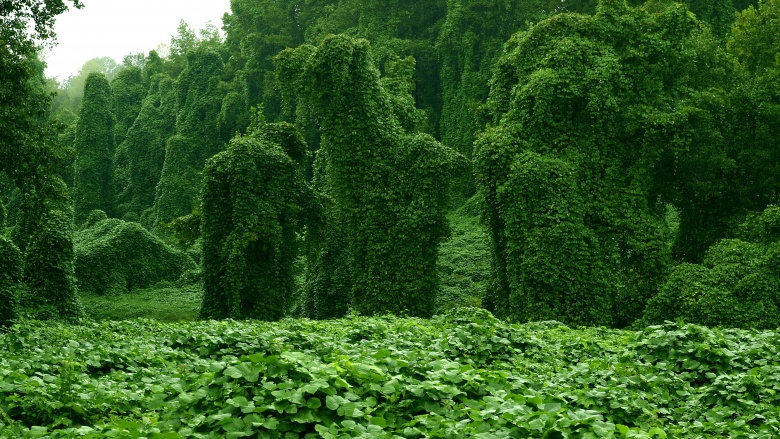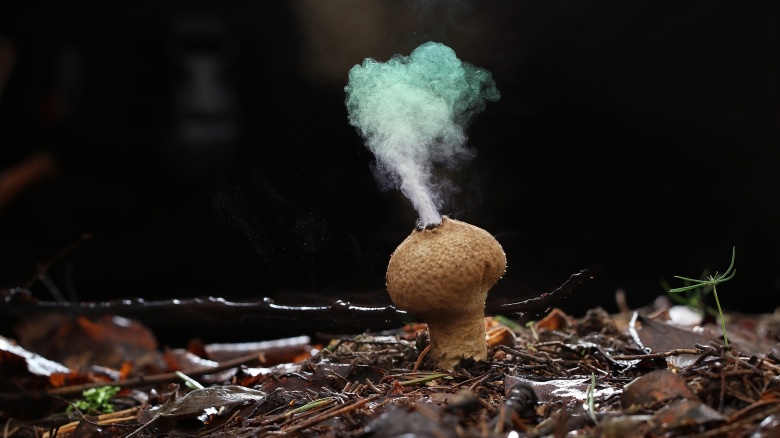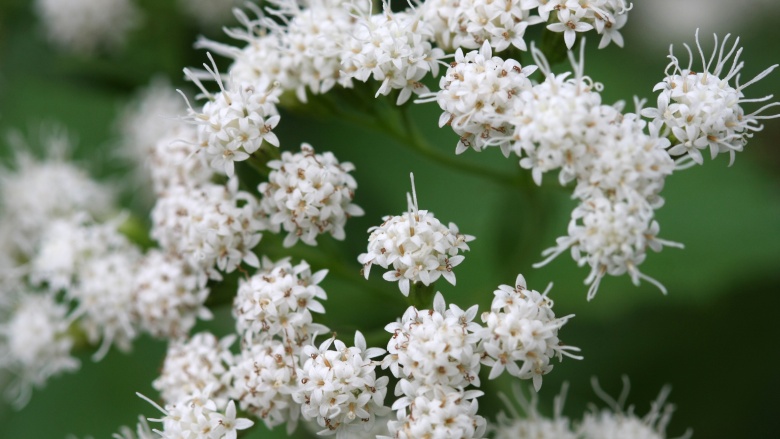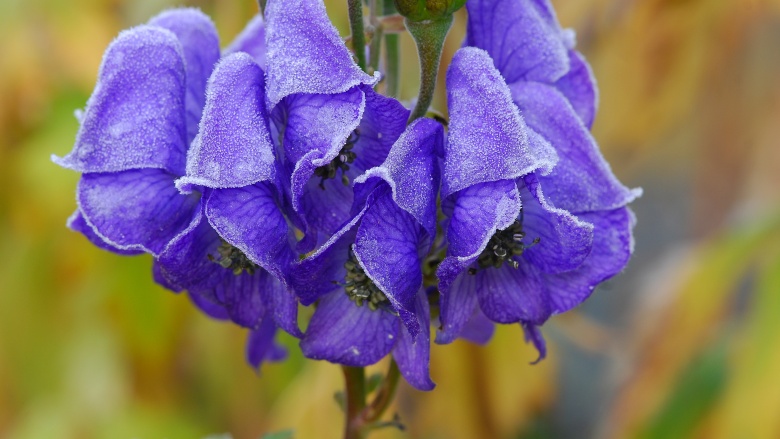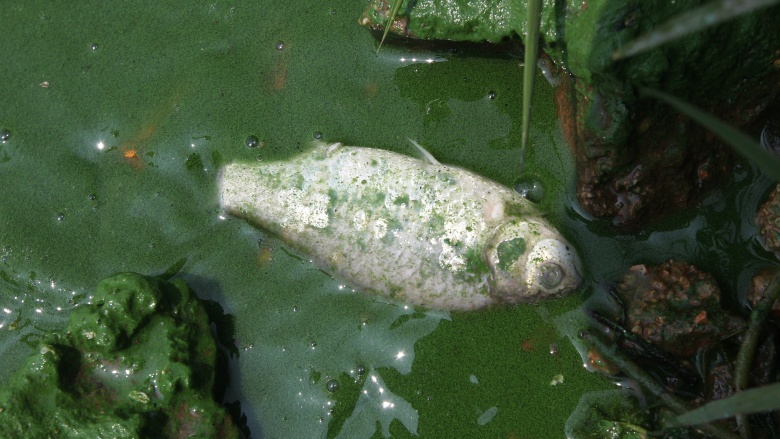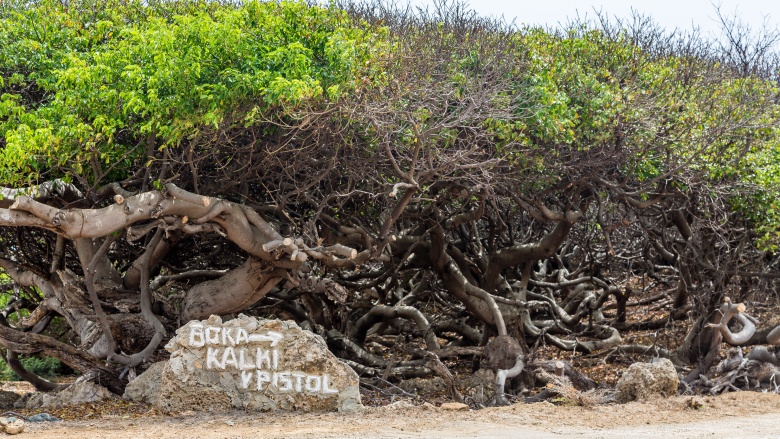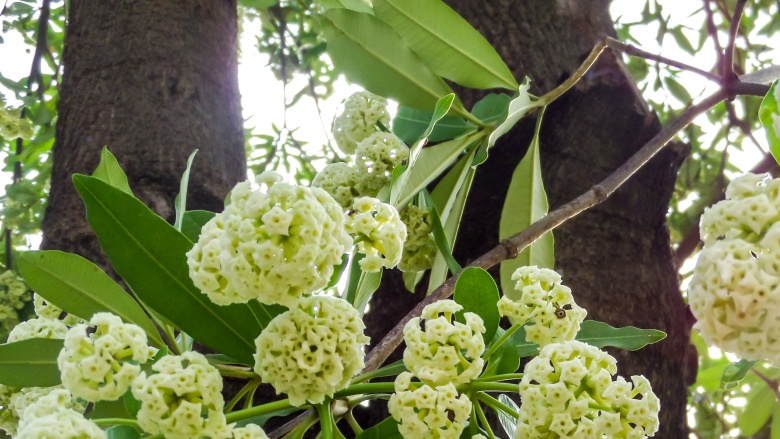Vicious Plants That Could Be In A Horror Movie
Forget serial killers and monsters that won't stay dead—Plants are much more terrifying, and they grow in our yards and the woods behind our houses. The next time some studio wants to make a horror flick, they should look to the plant kingdom, and they should give special consideration to some of the following soulless, green killers.
Kudzu
Native to Japan and other Asian and Southeast Asian countries, the Kudzu has invaded the US with a vengeance. Originally planted in southern states as a way to fight soil erosion, the vines took root and have refused to vacate. Kudzu spreads in two ways: from seed pods, and by vegetative cloning. This means that once a stolon, or runner, reaches the ground, a new plant takes root.
A small, manicured plant in its native country, Kudzu can grow up to a foot per day. As it grows, it pretty much smothers anything in its way: other plants, buildings, animals, and you, if you move too slowly. This how it earned its nickname, "The Vine that Swallowed the South." On top of that, it's a pretty tough plant to kill. Botanists continuously hunt for ways to eradicate this green menace, but nothing seems to slow it down.
Aspergillus fumigatus
Aspergillus fumigatus can kill you without even touching you—It just sends its children to do the dirty work. Being a fungus, Aspergillus fumigatus is most commonly found on dead leaves, decaying vegetation, and in piles of compost. When disturbed, it releases spores into the air, which can lead to health complications if inhaled. Most of the time, common allergy symptoms occur, like sneezing, wheezing, and coughing. However, if the spores reach the lungs, it can cause serious problems, especially in individuals with compromised immune systems (such as transplant recipients and AIDS patients).
In addition to an invasive fungal infection, inhaling aspergillus fumigatus spores can cause blood pressure droppage, kidney failure and, in some cases death. So maybe spending a quiet Sunday working in the garden isn't such a safe hobby after all.
White snakeroot
White snakeroot attacks us in the most devious way possible: through our cows. That's right, it's harnessed our love of meat and dairy to take us down. Though snakeroot is poisonous to sheep, goats, and horses, cows have no trouble consuming this North American herb, which turns the poor girl's meat and milk poisonous. Consuming this toxic milk causes tremetol poisoning, or milk sickness as it's commonly known. Symptoms of tremetol include vague pains, abdominal discomfort, and vomiting, and in some cases it can even lead to coma.
To top it all off, there's no cure. Though that's not too much of a problem these days, as animal husbandry controls what cows eat, in the past little was known about this plant, and thus many people died thanks to it, including Abraham Lincoln's mother. Clearly, Honest Abe focused on the wrong enemy when waging war against the vampires.
Wolfsbane
Also known as aconite, monkshood, Devil's Helmet, and a host of other foreboding names, you can simply call wolfsbane "the plant that'll kill you dead". It won't help control werewolf transformations, by the way. Sorry, Potterheads.
It doesn't take much to get poisoned by this plant—Picking its leaves without wearing gloves is enough to allow the poison into a person's body. In fact, in 2014, a 33-year-old British gardener died after brushing up against the plant, while working on his employer's estate. Doctors failed to treat him in time, as they thought he had ebola when he arrived at the hospital. The symptoms of wolfsbane poisoning are that frighteningly similar. They appear in less than an hour, and include nausea, vomiting, burning sensations at various parts of the body, and dizziness. If all this sounds too horrible to bear, fret not—the peace that death brings usually arrives in six hours or less.
Blue-green algae
Blue-green algae is both a giver and taker of life. It's credited with causing the Great Oxygenation Event of over 2 billion years ago, which introduced oxygen into our atmosphere and made it breathable. But since then, it's been doing its very best to cleanse the Earth of us, by causing harmful algal blooms, or HABs. Often called red tides—which is a misnomer, by the way—HABs occur when the number of algae in a given location increases both rapidly and dramatically. It's often noted by a change in water coloration, accompanied by increased water toxicity, which leads to giant oceanic kill-offs. It's also been known to cause liver damage in humans. In fact, in 2014, an HAB in Lake Erie left 500,000 people in Toledo, Ohio without drinking water.
Manchineel
Manchineel has been dubbed the world's deadliest tree, and for good reason. Not only does every part of the tree contain toxins, but some of those poisons still have yet to be identified. Ingesting its fruit, called the "little apple of death," can lead to bacterial superinfection and intestinal bleeding, which can be fatal if not treated. It can even affect your lymph nodes, as one unfortunate vacationer found out the hard way.
Standing under it during a storm can be problematic as well, as the precipitation brings the tree sap with it, which can cause blistering. And getting rid of the tree can be dangerous too, as smoke produced from burning the blasted thing can harm your eyes. Basically, you can't win with this tree, and you should stay away from it at all costs. You may want to dare your enemies to go near it, though. Tell 'em the fruit's tasty and sweet.
Cerbera odollam
Of all the plants on this list, the cerbera odollam—otherwise known as the suicide tree—is the only one known to have been used for murder. (It got its nickname because, at first glance, many of the deaths looked like suicides.) It's probably because the poison in it works so well. The kernel of the tree (the poisonous part) contains cerberin, which blocks calcium channels in the heart, causing erratic heartbeats, which often leads to a fatal end. It's probably why it was the weapon of choice for more than 500 homicides (and possibly over a thousand) between 1989 and 1999 in its native India. Oddly enough, it's also used in hedges, bringing a whole new meaning to the phrase, "Stay out of my yard."
And if you think you're safe from it because you don't live in India, think again. This sub-continental tree has made its way to the US, where it's already taken a few lives. Other countries? You might be next.

